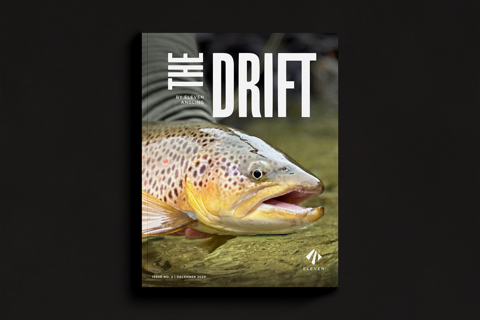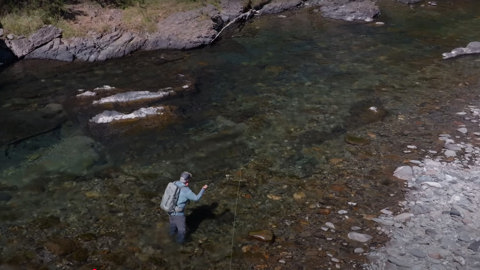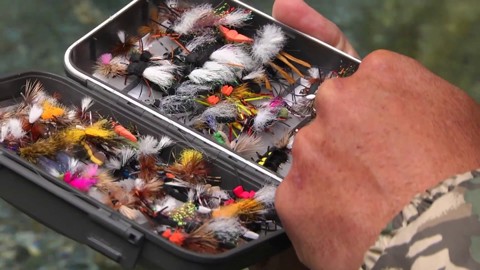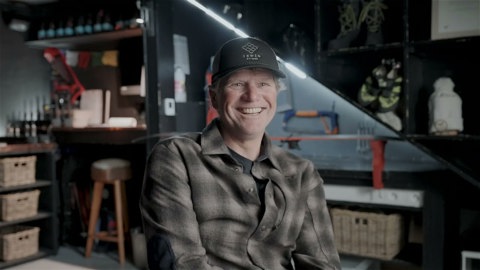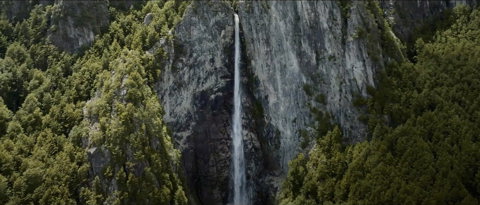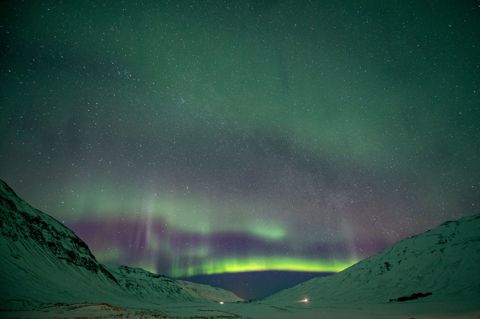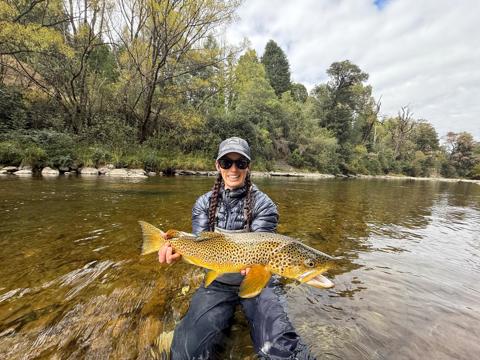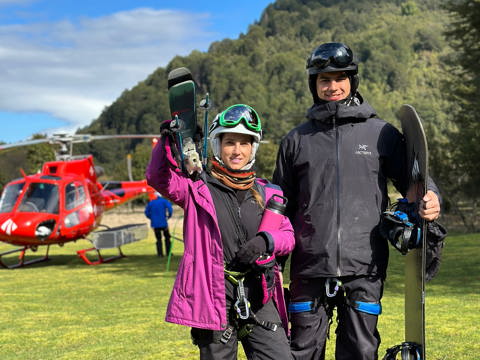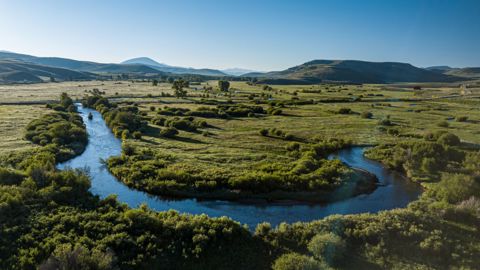Māori culture, traditions, and myths are an integral part of Aotearoa history and have shaped many aspects of modern-day New Zealand’s identity. You can see influences in the arts, food, language, and even the imaginative tales used to explain the phenomena of the natural world.

June 20, 2024
Nau Mai, Haere Mai, Welcome
Historical Influence
Māori legends
Māori have a strong spiritual bond to land and water, and Māori legends, pūrākau, are central to their understanding of the world and its creation. The discovery of the North and South Islands is a fascinating and well-known legend. Māui, a mischievous character, secretly joined his brothers’ fishing excursion by hiding in the hull of his brothers’ canoe, waka.
Once they were far out to sea, Māui revealed himself and threw out his line. He immediately had a bite and hauled in a giant fish which would become the North Island of New Zealand, known as Te Ika-a- Māui. His waka became the South Island of New Zealand, known as Te Waka a Māui, which was anchored by Rakiura, or Stewart Island. These are the three main islands that make up Aotearoa.
The Haka
In the arts, the iconic and traditional Māori dance, the Haka, is famous around the world. It is performed before sports events, weddings, tangis/ funerals, celebrations, and gatherings. The Māori legend describing the origin of the haka paints it as a celebration of life. As legend has it, Tane-rore, the son of Tama-nui-te-ra, the sun god, and his wife Hine-raumati, who embodies summer, would dance for his mother, causing the air to quiver, and this light, rapid movement was the foundation of all hakas.
Culinary Traditions
And, oh, the food! In addition to the fresh seafood, delicious lamb, meat pies, and yummy hokey pokey ice cream, the Māori hāngī is a centuries-old, traditional style of cooking still commonly seen today. Hāngī means “earth oven,” and traditionally, a large hole is dug in the ground with hot stones placed at the bottom of the hole. Foods such as fish, pork, lamb, and kumara are wrapped in flax leaf, placed on top, and then covered with a wet cloth and a layer of dirt. The food is then cooked for hours and the result is a very delicious, tender meal infused with smoke and earthy flavors.
Embrace the Culture
So, next time you visit New Zealand, embrace the culture and practice a traditional greeting known as a hongi, where two people press their noses to each other and inhale one another’s breath. The breath is considered to have come directly from the gods. If this is out of your comfort zone, saying “Kia ora” will also do the trick.
Explore the World of Eleven



